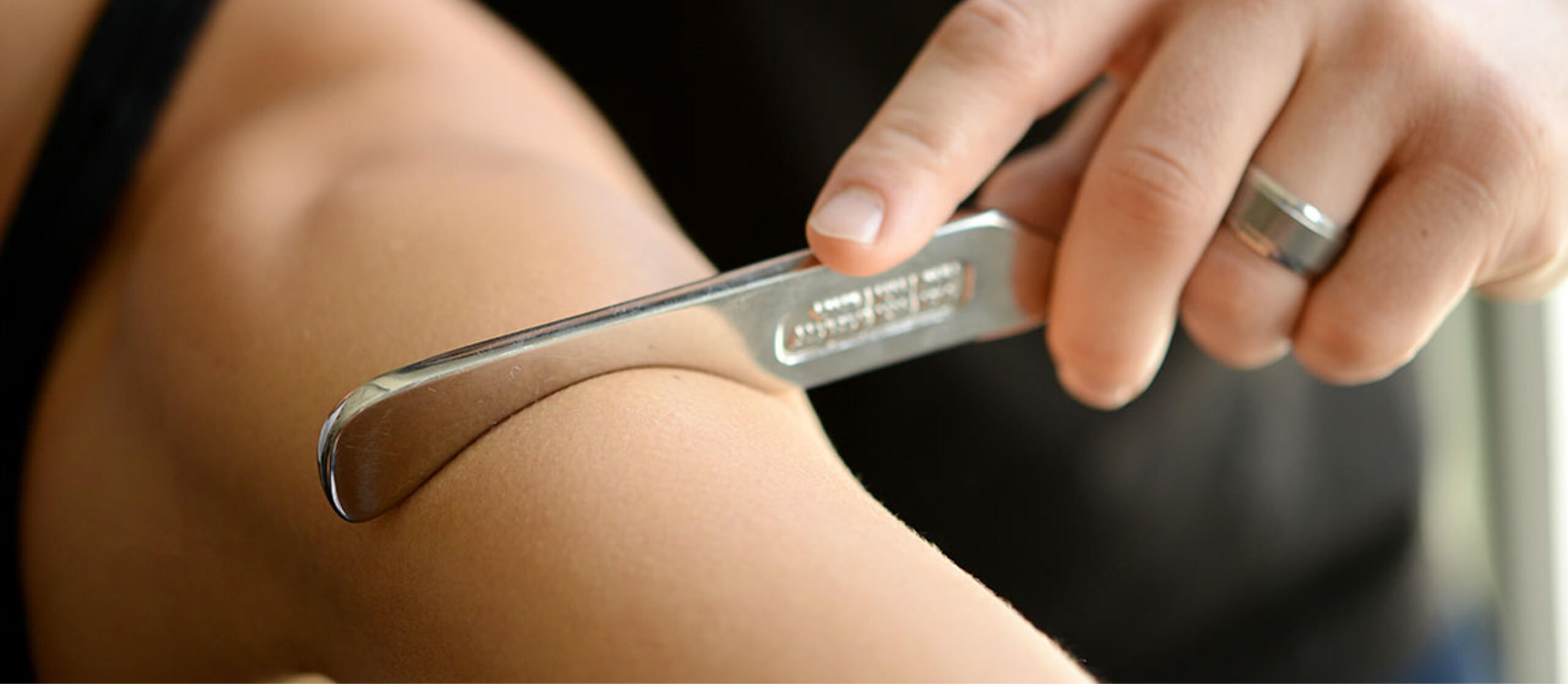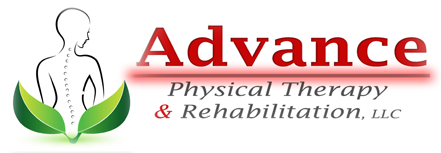
22 Feb Graston Technique For Chronic Pain
According to the Centers for Disease and Control and Prevention, 25 percent of Americans suffer from chronic pain. Many of those individuals struggle with their daily routines because of the discomfort. When you’re trying to combat chronic pain, you may feel as though you’re fighting a losing battle. But certain therapeutic approaches, including the Graston Technique, can give you some relief.
What Is the Graston Technique?
The Graston Technique is a type of manual therapy that mobilizes soft tissue restrictions and activates nerve fibers, reducing inflammation and pain. The technique is derived from a process that was used in ancient Chinese medicine, which involves scraping muscle tissue to enhance blood flow.
In the early 1990s, David Graston introduced this variation in the United States. Graston was an athlete who discovered the method, which involves using tools and massage, to treat his knee injury.
A care provider that performs the Graston Technique, such as a physical therapist, uses tools to identify areas of your body that contain injured soft tissue. The tools are usually made of stainless steel and have rounded edges.
The practitioner glides the instruments over the patient’s skin, feeling for changes in texture. Through the instrument, the care provider can detect adhesions in the muscle tissue. Once the abnormal soft tissue is detected, the therapist can manipulate that tissue using massage and other instruments.
• Golfer’s elbow
• Tennis elbow
• Plantar fasciitis
• Achilles tendinitis
• IT band syndrome
• Carpal tunnel syndrome
• Shin splints
• Sprains and strains
• Post-surgical scarring
• Trigger finger
• Neck pain
• Fibromyalgia
Any orthopedic injury can cause soft tissue changes. For example, someone with arthritis typically has soft tissue lesions around the joints. The Graston Technique works to treat these secondary injuries and provides a more holistic approach to healing chronic pain.
Before a practitioner uses the technique, they’ll usually ask the patient to warm up the muscles by walking or riding a stationary bike. Sometimes, heat treatments are used to warm the soft tissue first.
Then, the practitioner uses precise movements to rub the affected area with handheld instruments. It usually takes about 30 to 60 seconds to treat each area. A full Graston Technique session may take approximately 10 minutes, not counting warm-up and cool-down time.
Will the Graston Technique Cure Chronic Pain?
The Graston Technique works by releasing restricted areas in the soft tissues. If you have an injury, you may develop scar tissue, or adhesions, which limit your range of motion. That lack of mobility throws everything off because your body is connected via the fascial network. When your muscles and soft tissues aren’t working properly, they can exert undue pressure on tendons, ligaments, and joints.
Breaking up the scar tissue restores your range of motion. It also causes temporary inflammation. Although chronic inflammation can be damaging to the body, short-term inflammation promotes blood flow and healing.
Chronic injuries take longer to heal than acute ones. Therefore, someone with a recent injury may need fewer sessions using the Graston Technique than someone with long-term pain.
But most patients who have experienced the Graston Technique say that they have less pain and better range of motion even after the first session. They see significant improvements after 6 to 12 sessions.
The Graston Technique isn’t just ideal for individuals with acute injuries. It can help people who have pain that’s caused by repetitive motions, stress and poor posture.
Many people assume that their injuries and chronic pain are permanent. However, your body can get stuck in a particular stage of healing. Using the Graston Technique stimulates the inflammatory process, which is one phase of healing.
As the scar tissue is broken up, the patient regains the proper function of the affected areas. The Graston Technique can convert damaged tissue into healthy tissue. This breaks the cycle of pain. The Graston Technique doesn’t work for everyone. Its success depends on the type of pain that you have. In combination with other types of physical therapy services, including therapeutic exercise, the Graston Technique can reduce chronic pain even when other treatments haven’t worked.




Sorry, the comment form is closed at this time.